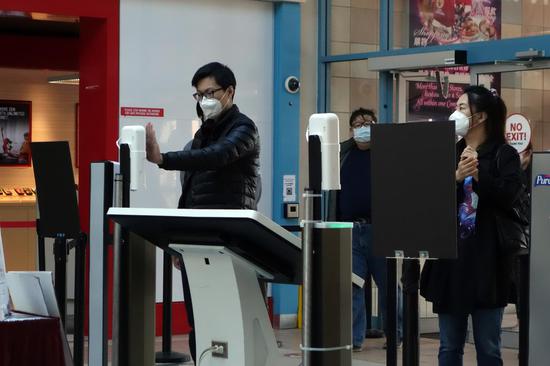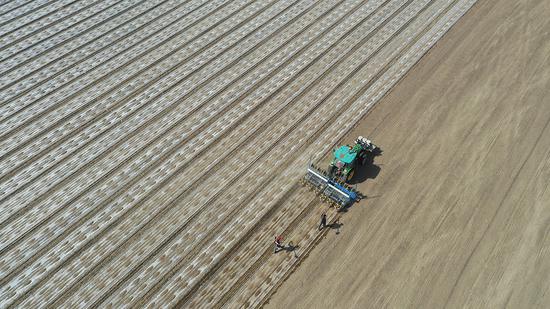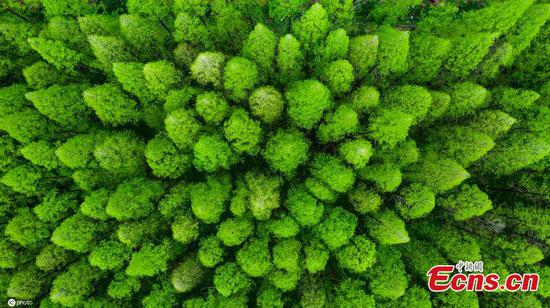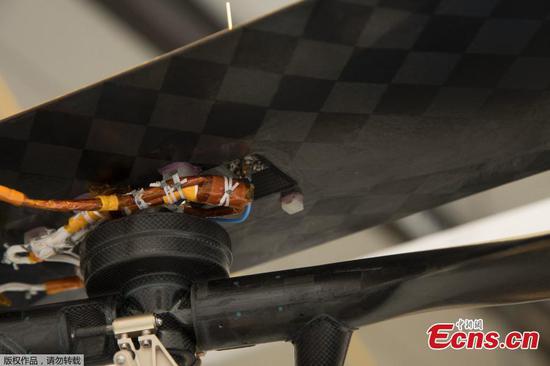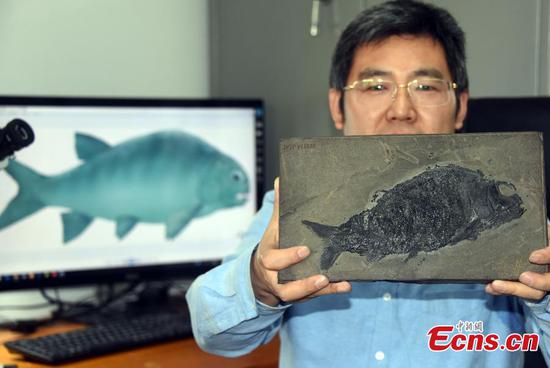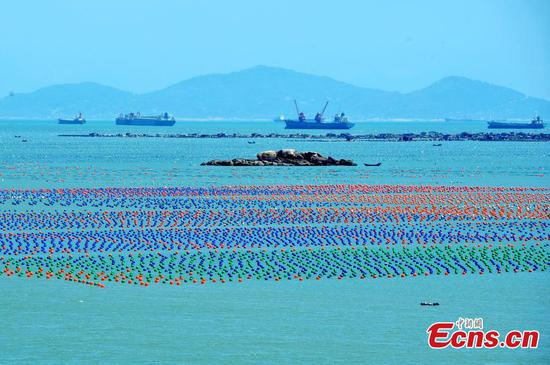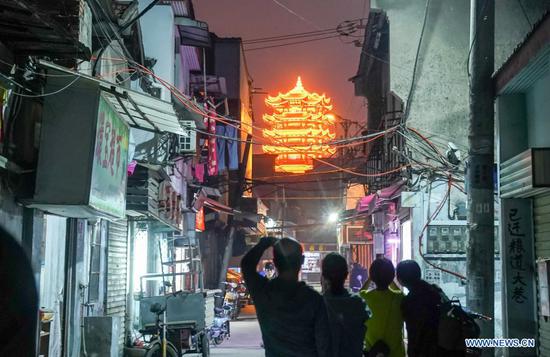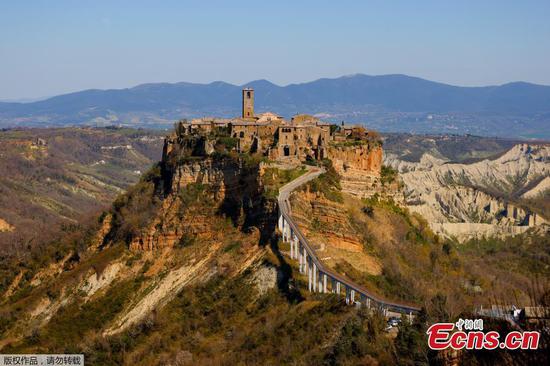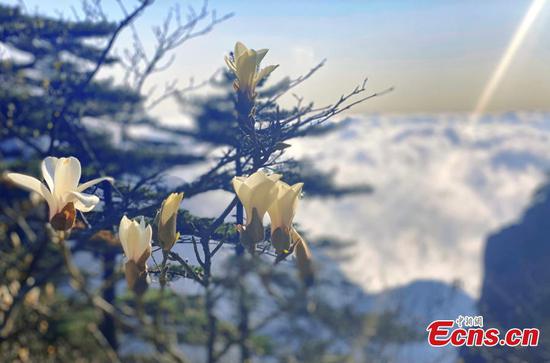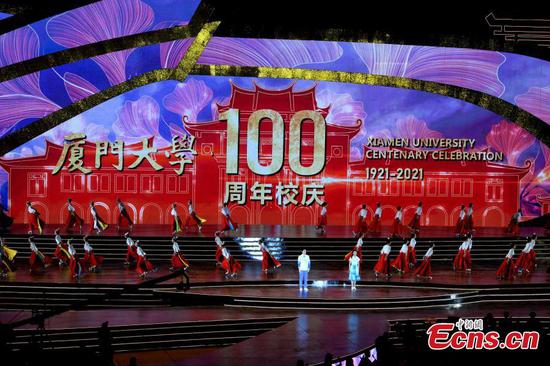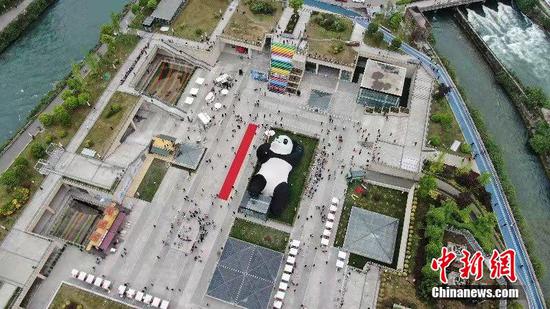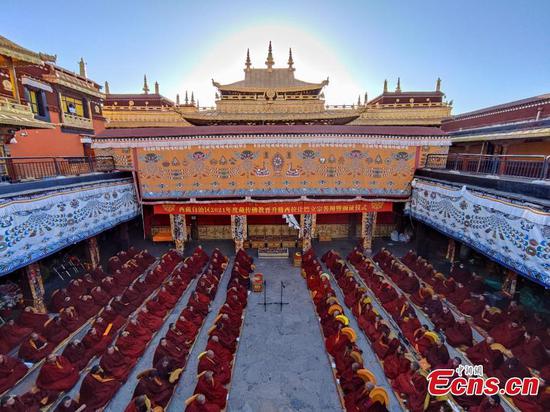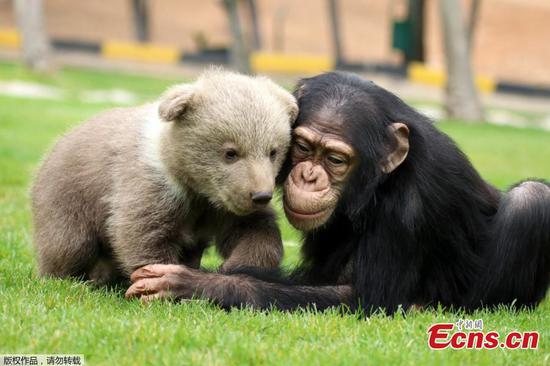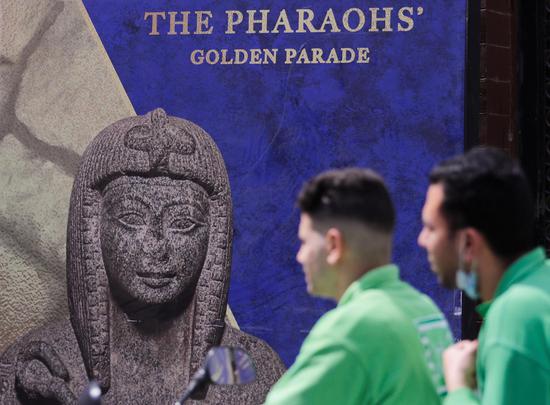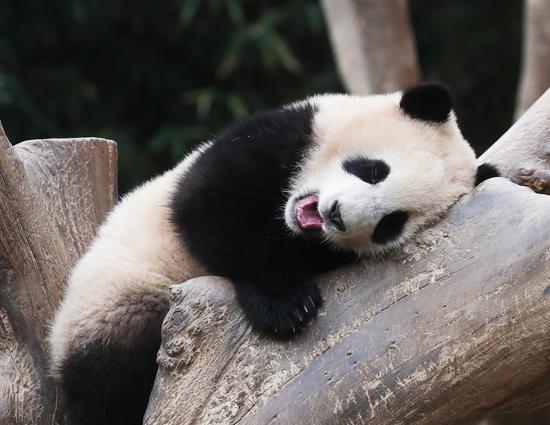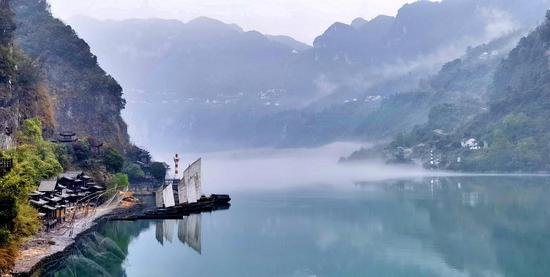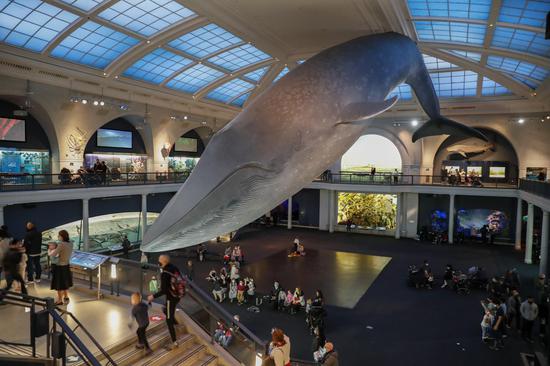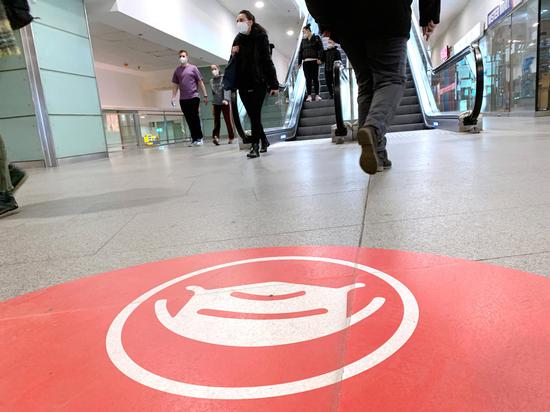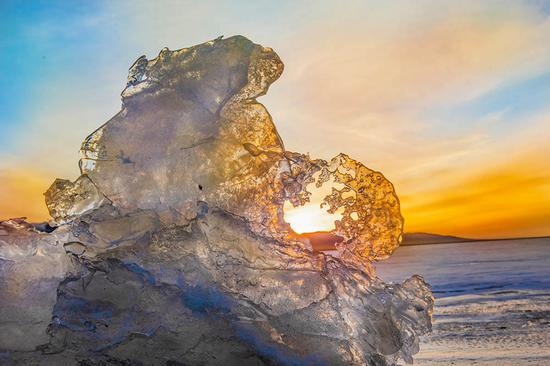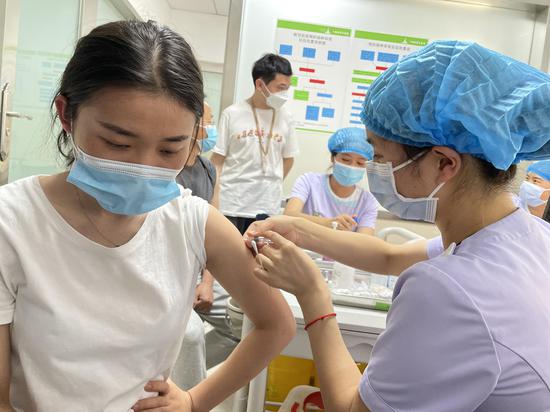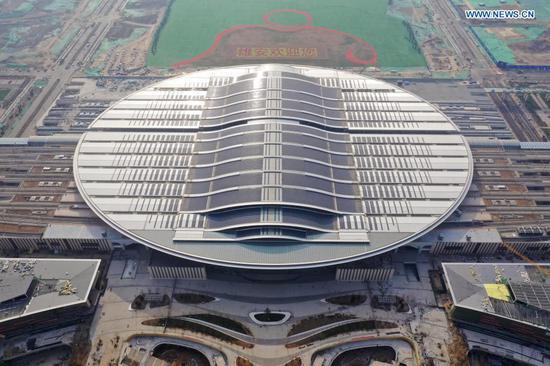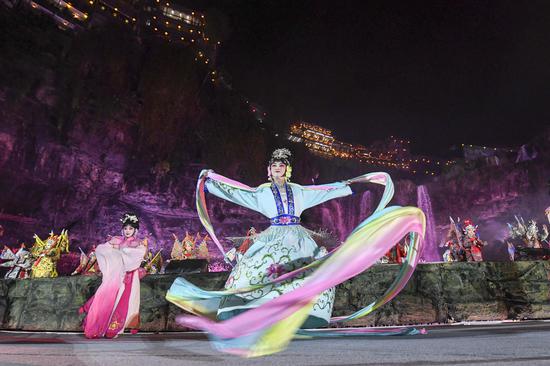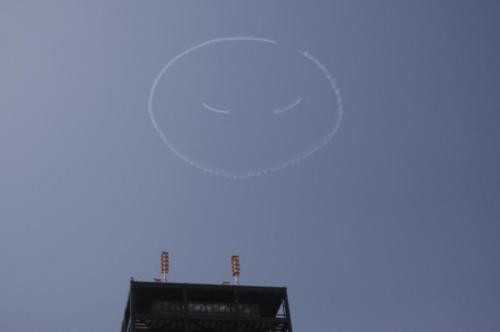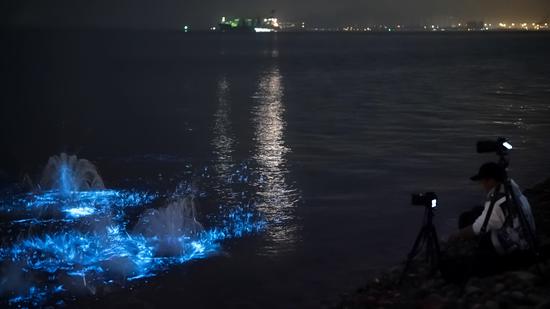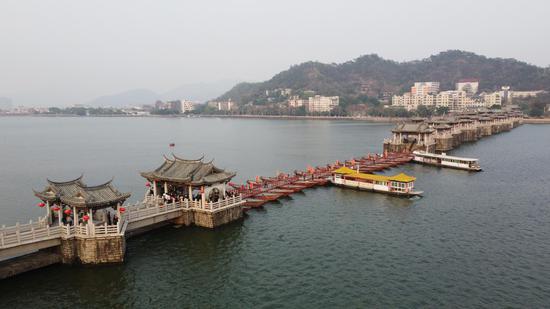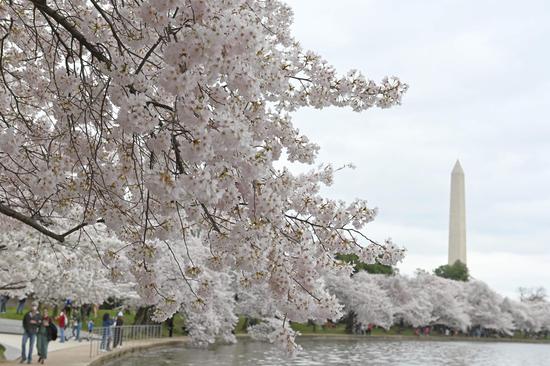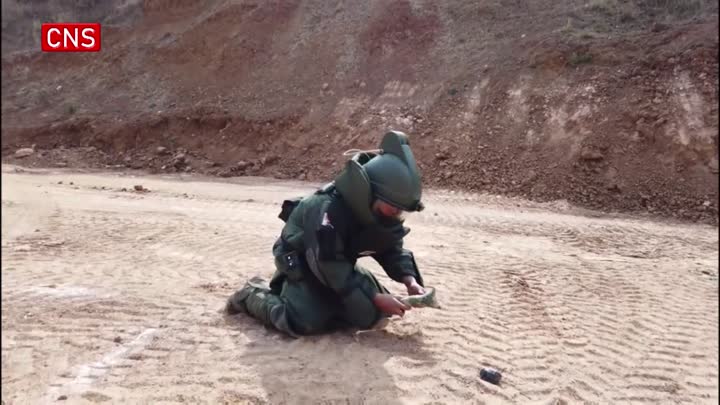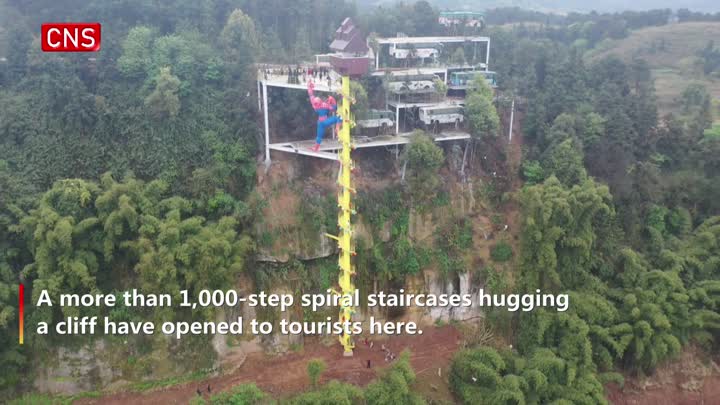(ECNS) -- Wearing a hat emblazoned with the AVG Flying Tigers logo, Li Ruiling presented a precious photo album during the Tomb-sweeping (Qingming) Festival holiday.
Li is the son of Lishi, a guerrilla fighter of the Hong Kong and Kowloon Independent Brigade.
"It was about May 20, 2008, at lunch time, when Lt. Donald W. Kerr's son David came to No. 51 Ngau Pei Sha Village in Sha Tin Pass to visit my mother, leaving this handbook for memories. After Lt. Kerr was rescued and taken to safety, he took photos with the guerrilla warriors. This is Zeng Sheng, commander of the Dongjiang Column," Li recalled.
In the title page of the album, there is English handwriting which reads "Li Shi - Thank you good sir for guiding my father, Lt Donald W Kerr, to safety on February 11, 1944. Your selfless actions, in the face of great danger, made many lives possible......"
Behind the photo album, a widespread legend that took place in Hong Kong during WWII is revealed.
Lt. Donald W. Kerr, a fighter pilot in the U.S. Army's 14th Air Force, the Chinese-American Composite Wing, was shot down over Hong Kong by the Japanese army on February 11, 1944. He parachuted to the Lions Pavilion, Kwun Yam Mountain in Shatin District and searched desperately for a way of escape.
A close call, he was shielded and rescued by guerrilla warriors of the Hong Kong and Kowloon Independent Brigade of the Dongjiang Column—the local anti-Japanese military force—who arrived in time.
Then he was guided to safety where he wrote a memoir of more than 50 pages to depict his experience of getting trapped, as well as a thank-you note and some illustrations.
Lin Zhen is a witness of Lt. Kerr's landing. "This is Lt. Kerr's description of the landing and getting rescued, including the process how he met a 14-year-old boy named Li Shi who hid him in a cave, covered him with branches and seeking local guerrilla fighters for help, and the experience of how he found safety," Lin said.
Recalling this memory, Lin Zhen, a child messenger at that time, still gets excited. She said Li Shi was the first person who found and saved Lt. Kerr.
"My father always picked flowers to sell in this area and got familiar with the terrain. So he knew clearly where to hide Lt. Kerr," Li said. It was really urgent as enemy pursuers had already rushed to the hill, Li added.
Hong Kong's only official anti-Japanese armed forces during World War II waded into extremely tough battles during the three years and eight months of the invasion of Hong Kong.
"This is the point where the guerrilla collected intelligence and observed American planes bomb Japanese military bases," Lin recalled.
The Hong Kong and Kowloon Independent Brigade played an important role in saving allies and international friends and intelligence gathering, Lin said, adding that the bond and friendship is well worth remembering.









